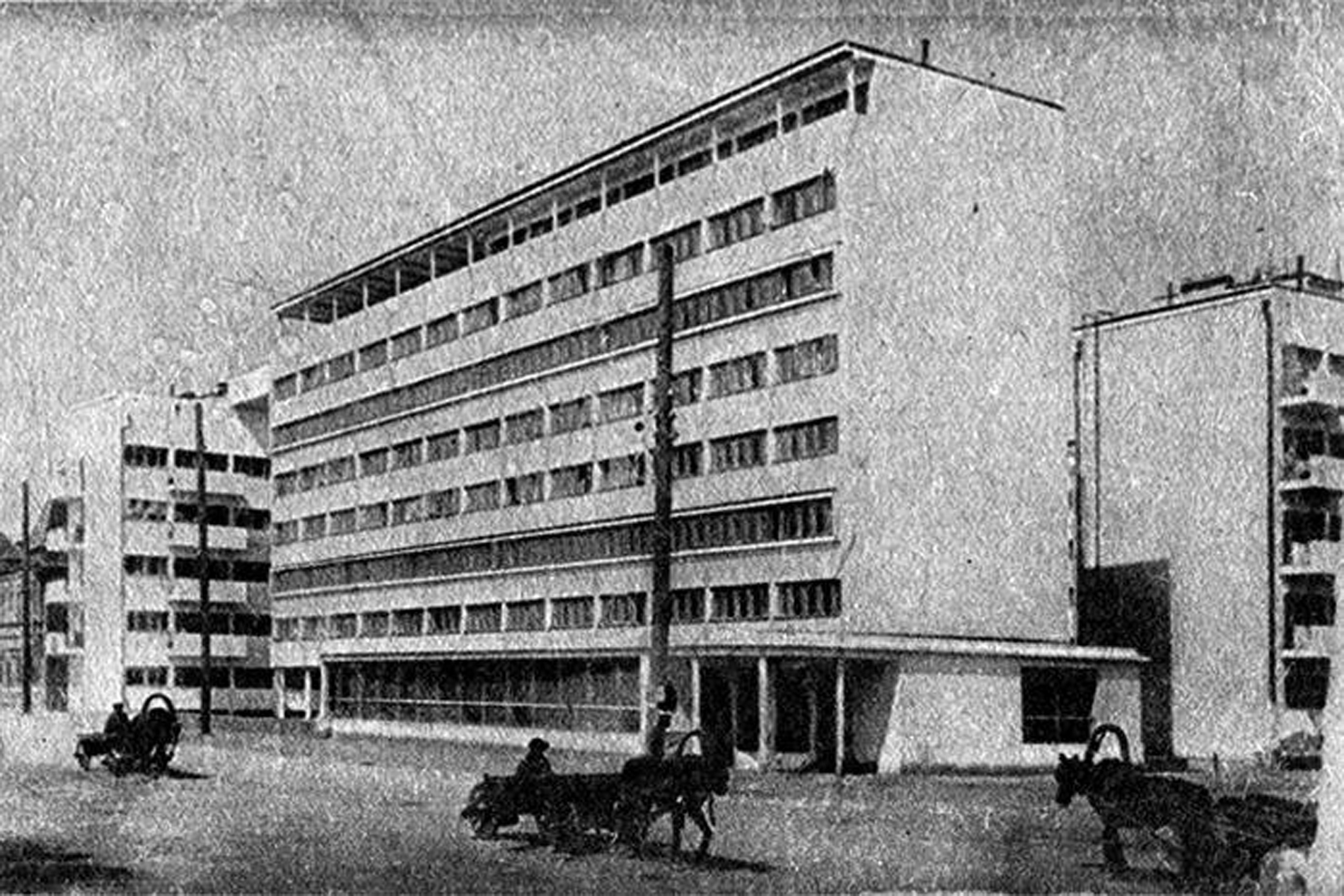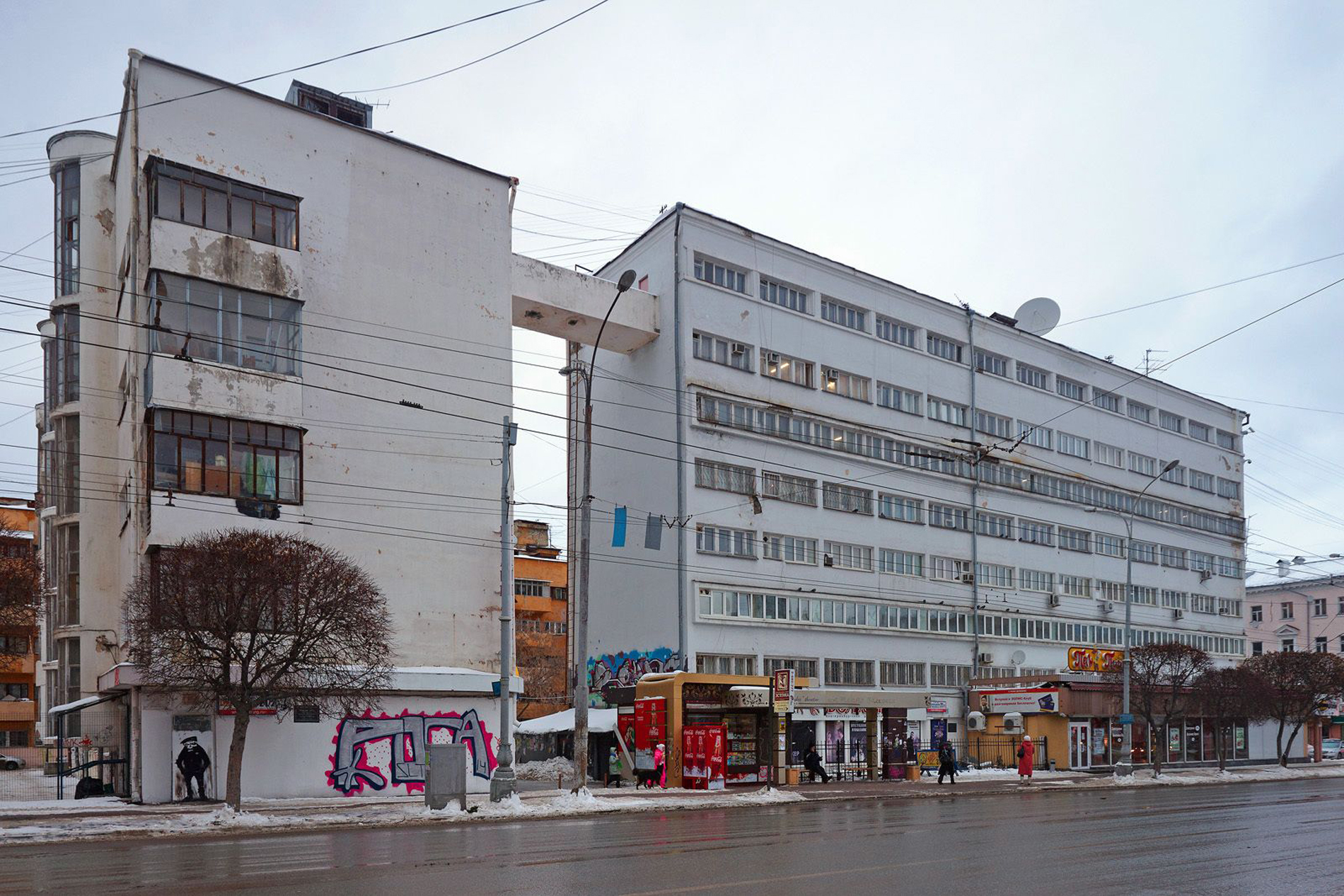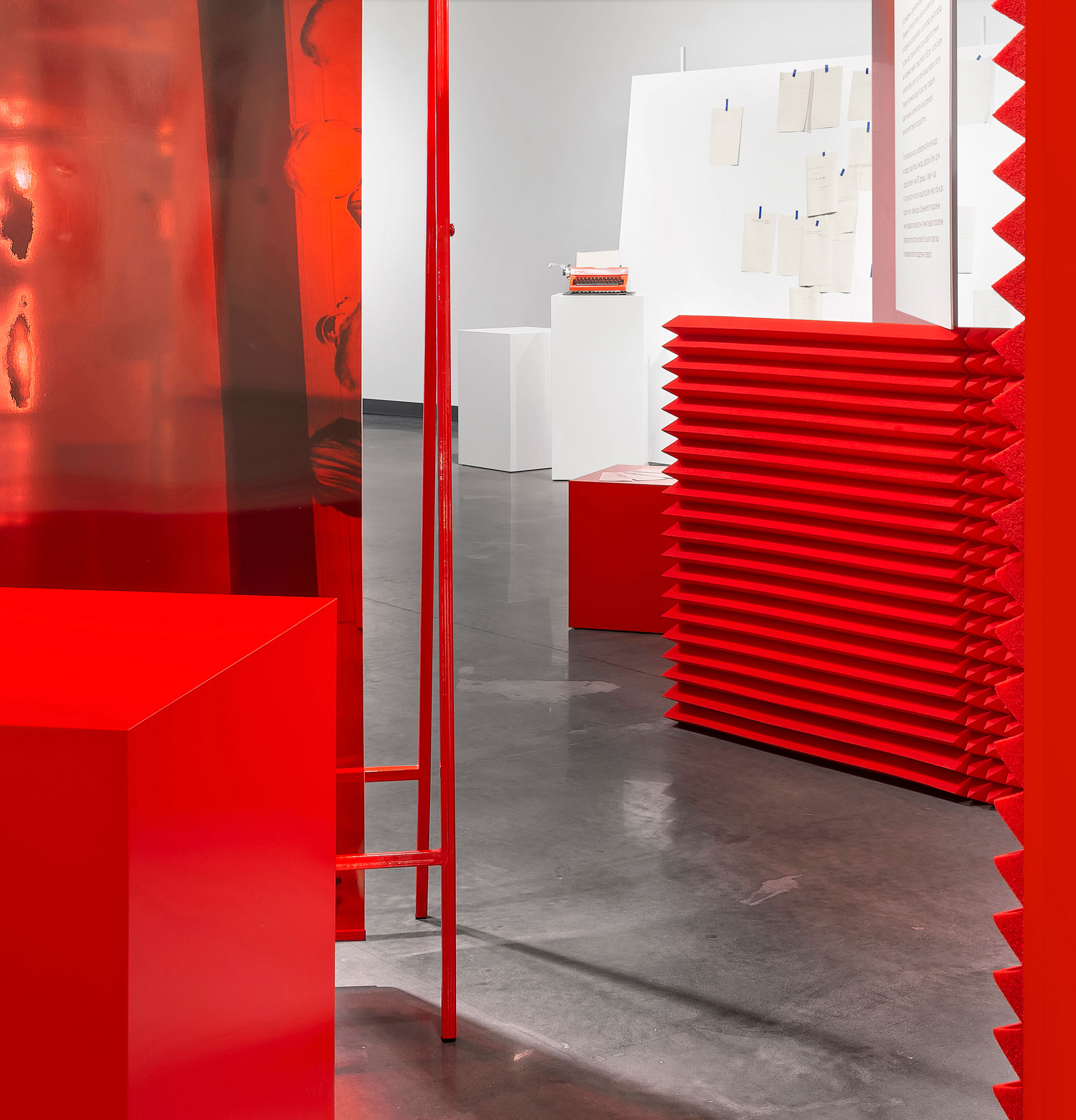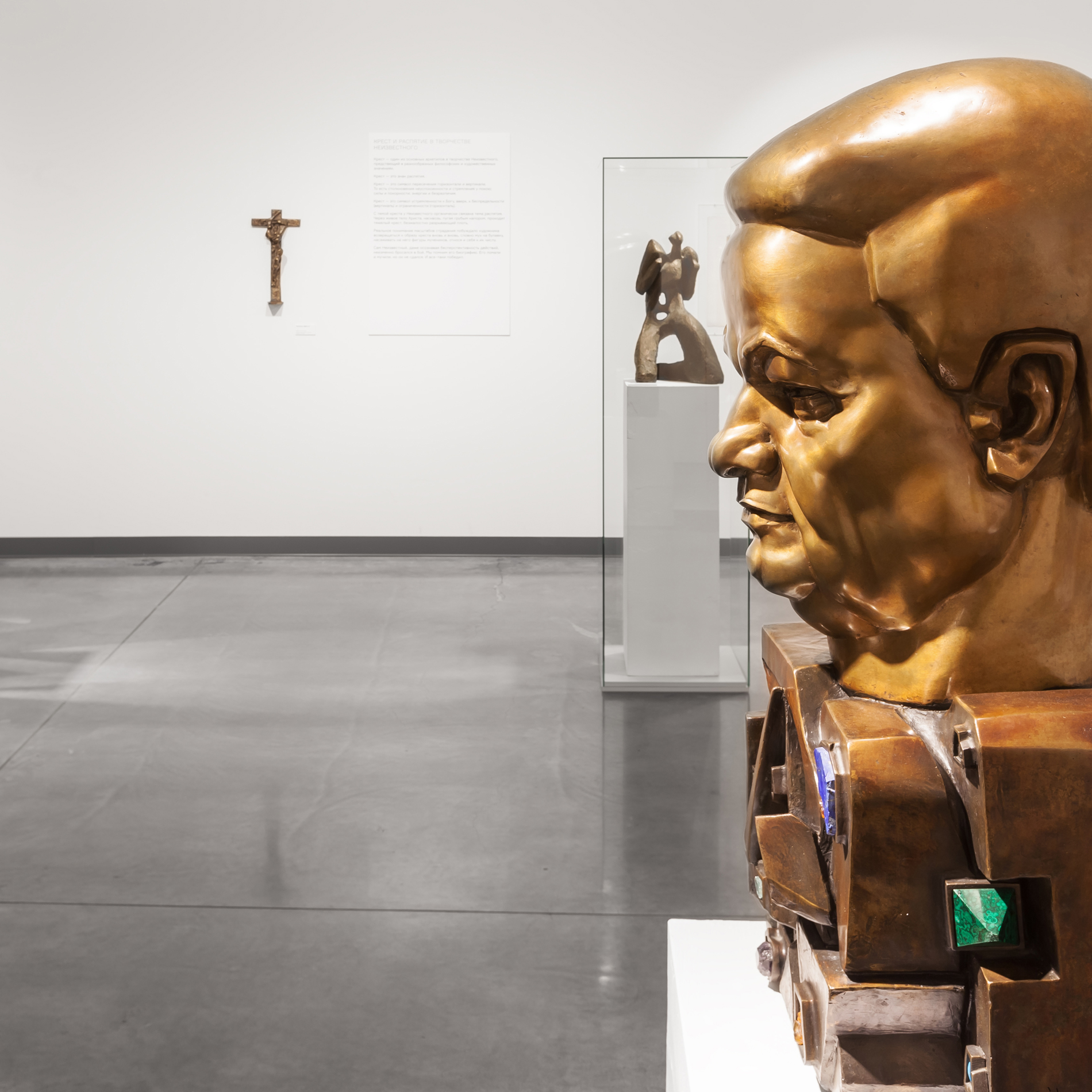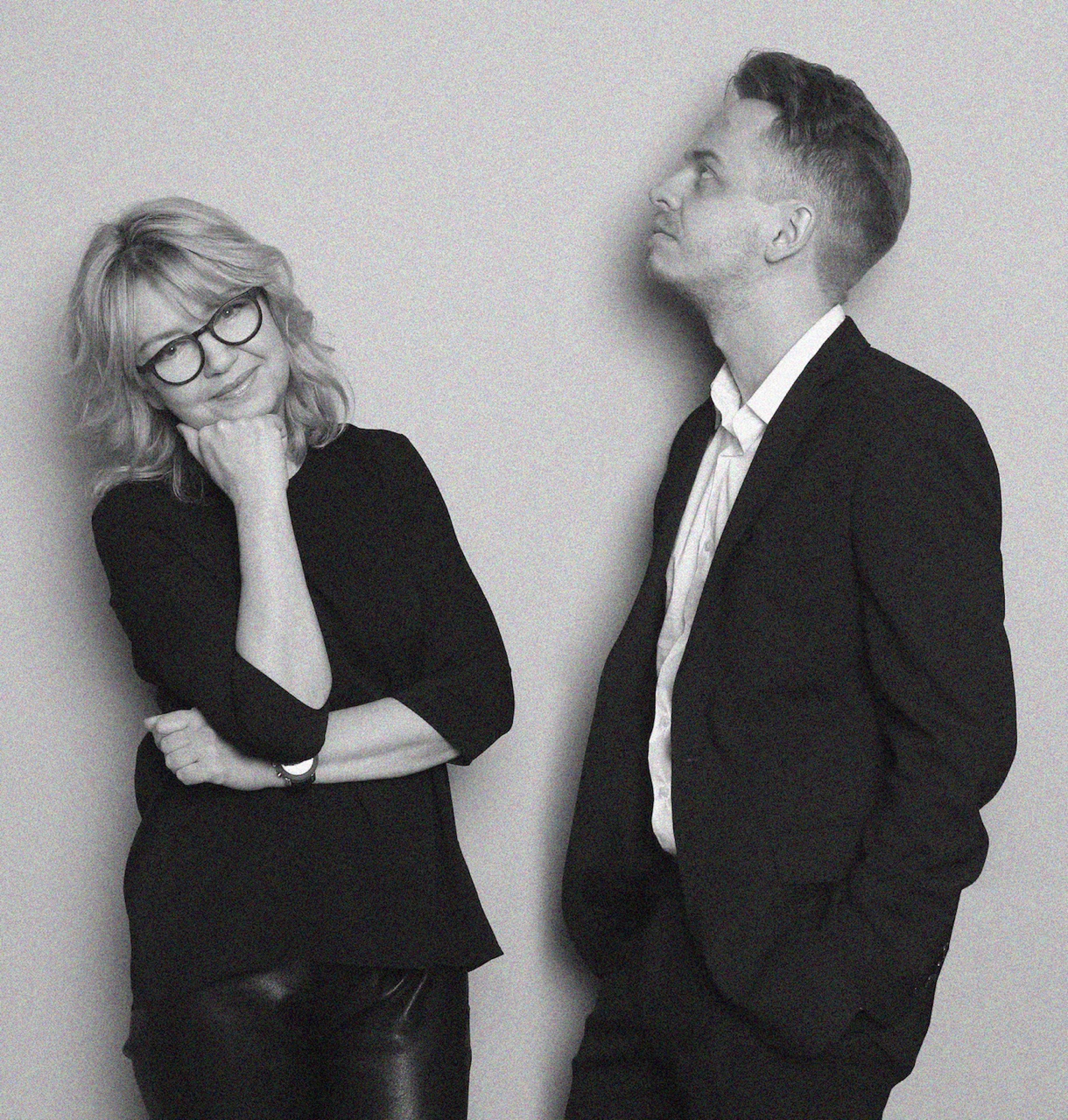Yacheyka: Yekaterinburg architects reinventing Constructivist heritage for the 21st century
This small family bureau promotes clarity and community in homage to their avant-garde inspirations
The Holy Trinity of Russian urban planning, shared by almost all towns, is well-known to everyone who has ever been on a bus tour: the Kremlin, the town cathedral and the central thoroughfare, usually named after Lenin. But this is not the case in Yekaterinburg, a Constructivist gem at the feet of the Ural mountains. The unique architectural ensembles found in Yekaterinburg were intended as realisations of the boldest ideas of the Soviet era, with utopian dreams shaped and tamed in experimental buildings. A new generation of independent architects and, perhaps surprisingly, big city developers are keen to preserve and capitalise on the Constructivist legacy of the city: Yacheyka is one of the brightest examples.
Yacheyka (Russian for a cell), the family bureau of Elena and Petr Lyubavin, is located in an iconic Moisei Ginzburg building on Malysheva Street in the House of the Workers of the Ural Council — a counterpart to Ginzburg’s renowned Narkomfin building in Moscow. The “yacheyka” was an experimental concept for an apartment, developed by Ginzburg and his team in the 1920s. Constructivist ideas of experimentation and co-operation run through Yacheyka’s practice, as the bureau often collaborates with other local architects, notably Ashot Karapetyan. “We’d been working as architects for quite some time already when we realised we needed to somehow identify ourselves. It was then that we rented the apartment in Ginzburg’s house; it seemed only natural for us to take the name Yacheyka, which resonates with our architectural vision and allows us to collaborate with other architects, in line with the communal spirit of the building,” says Petr Ljubavin, one of the co-founders of the bureau.
The Constructivist principles of clarity, simplicity and the extensive use of glass helped Yacheyka to create a sense of fragility for the exhibition
For Petr, it’s not only Constructivism that he finds inspiring about the city. In his portfolio there are a number of projects with the Yeltsin Centre, the city’s new cultural landmark. One of the brightest was the design for an Ernst Neizvestny exhibition that coincided with the production of a long-awaited “Masks of Sorrow” monument to the victims of Stalinist repressions. The Constructivist principles of clarity, simplicity and the extensive use of glass helped Yacheyka to create a sense of fragility for the exhibition; simultaneously, the materials they used, mostly clay and plywood, conveyed the hard work behind it. Petr comments. Yacheyka also designed the Yeltsin Centre’s exhibition August 1991. People on the streets, commemorating the attempted coup of 1991, as well as a GARAGE museum exhibition in the Yeltsin Centre and the research project exhibition for this year’s fourth Ural Industrial Biennial.
Another Yacheyka project is the giant sand box installed in front of the Yeltsin Centre. The flowing form of the construction aims to symbolise the flow of people passing by the area every day. The multifunctional logic of the sand box sees it used as a playground, a bench and even a small stage for outdoor performances: a simple-seeming design decision that has made an area dominated by the massive structures of the Yeltsin Centre, the Yekaterinburg Government and the Hyatt Hotel skyscraper more carefree and lively.
Text: Masha Borodacheva

